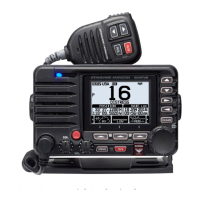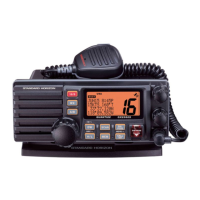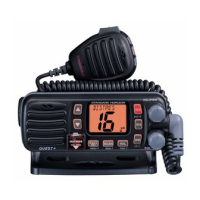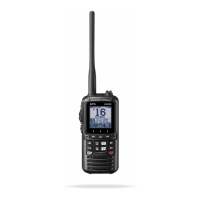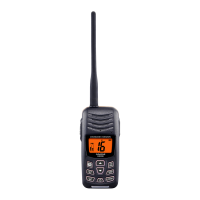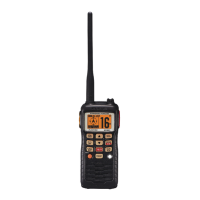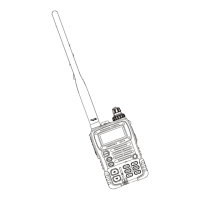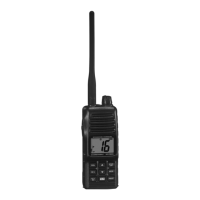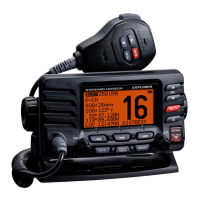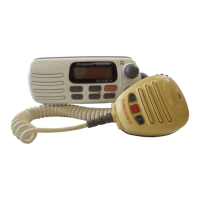QUANTUM AIS GX6000
25 Watt VHF/FM Marine Transceiver
Owner’s Manual
z Capable of connecting two optional wired RAM4 or one wired RAM4 and up to four Wireless
RAM4W remote access microphones using SCU-30 wireless access point
z Integrated NMEA 2000 interface supporting all PGNs for Navigation, GPS, AIS and DSC functions
z Integrated Dual Channel AIS (Automatic Identication System) receiver
z GPS Compass, Waypoint and GPS status pages
z Dual Zone 25W PA / Loud Hailer with preprogrammed horn, siren, fog signals and listen back
z Submersible IPX8 (5 feet or 1.5 meters for 30 minutes)
z Integrated 32 Code Voice Scrambler and 4 Code Voice Scrambler
z AIS / AIS SART target display: MMSI, Call Sign, Ship Name, BRG, DST, SOG and COG
z Front panel microphone can be connected to rear panel and extended 20 feet using MEK-4
mic extension kit
z Programmable CPA or TCPA collision avoidance alarms
z Advanced 80 dB commercial Grade Receiver with Local / Distance Attenuator
z Intercom feature allows you to communicate between the radio, RAM4 and Wireless RAM4W
microphones
z Integrated Voice Recorder to play back up to two minutes of RX receive audio
